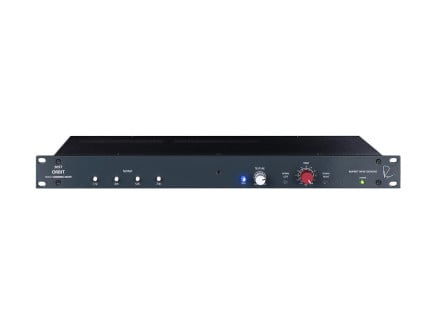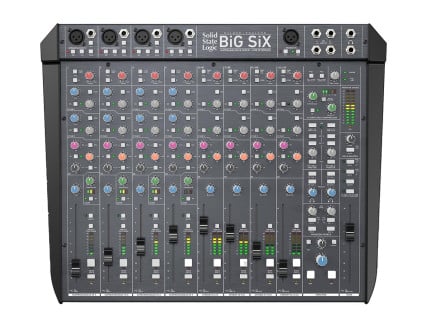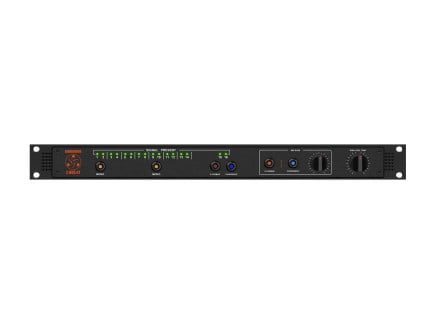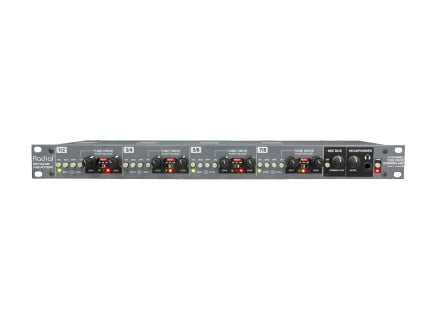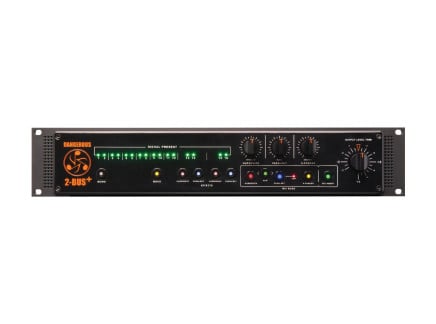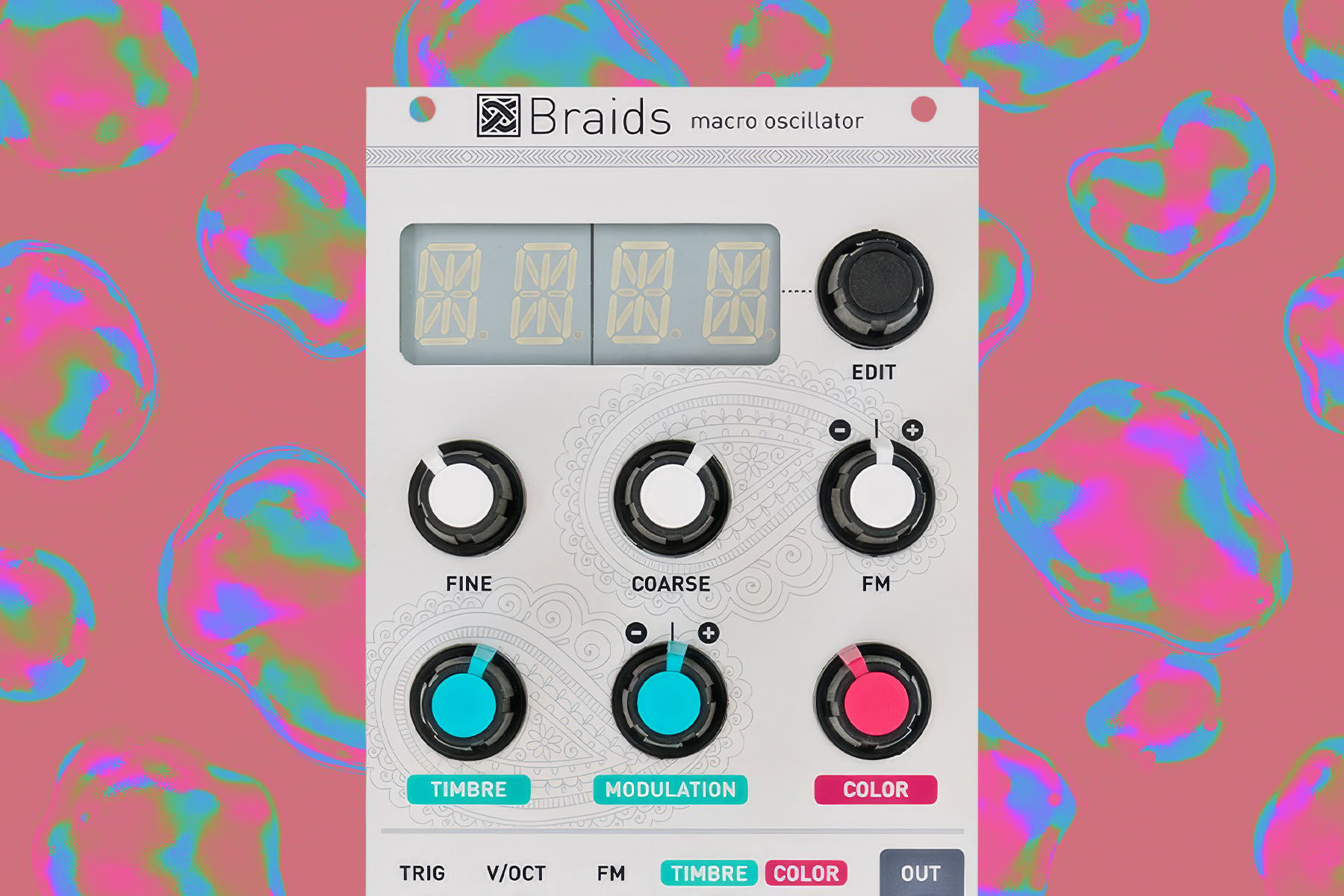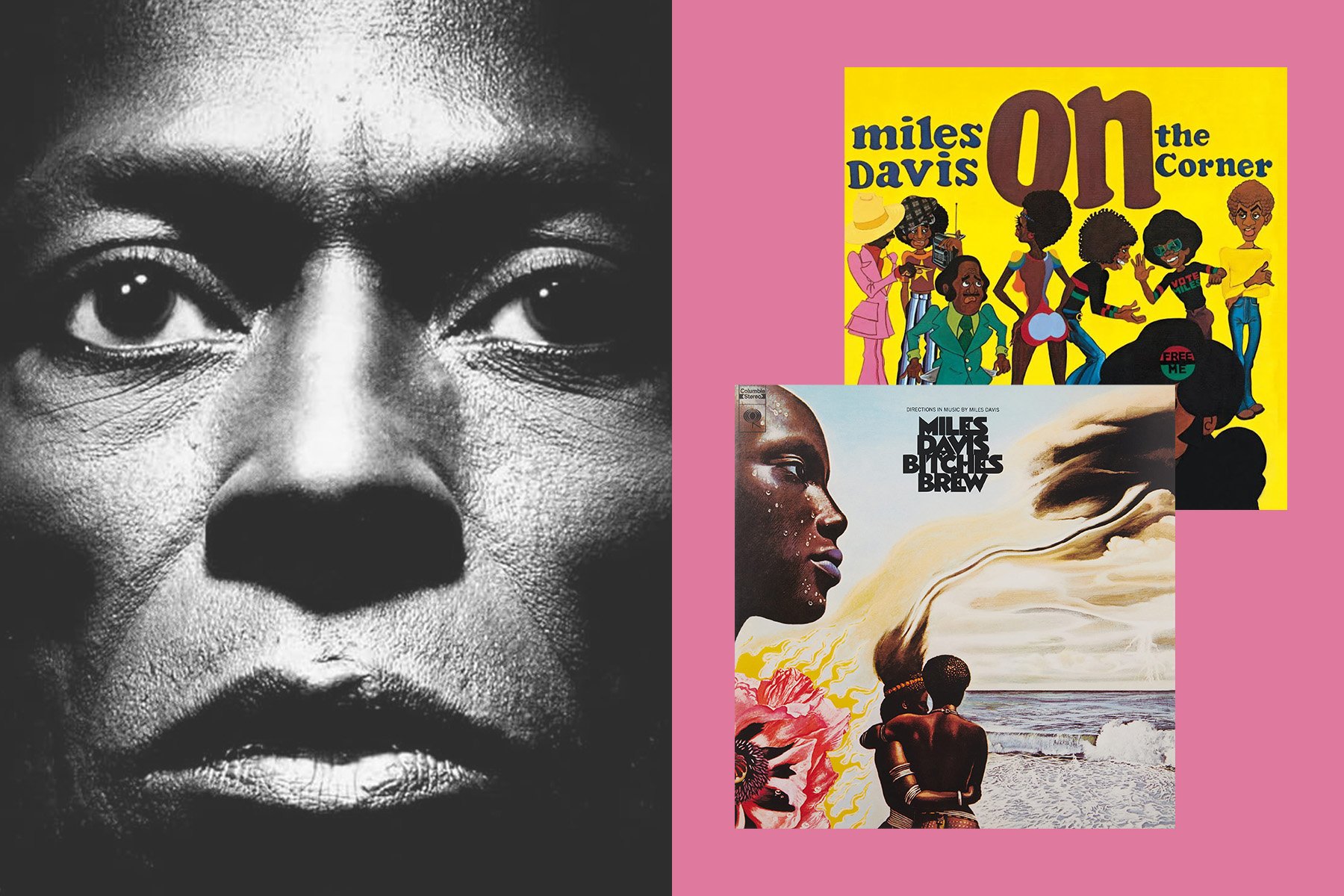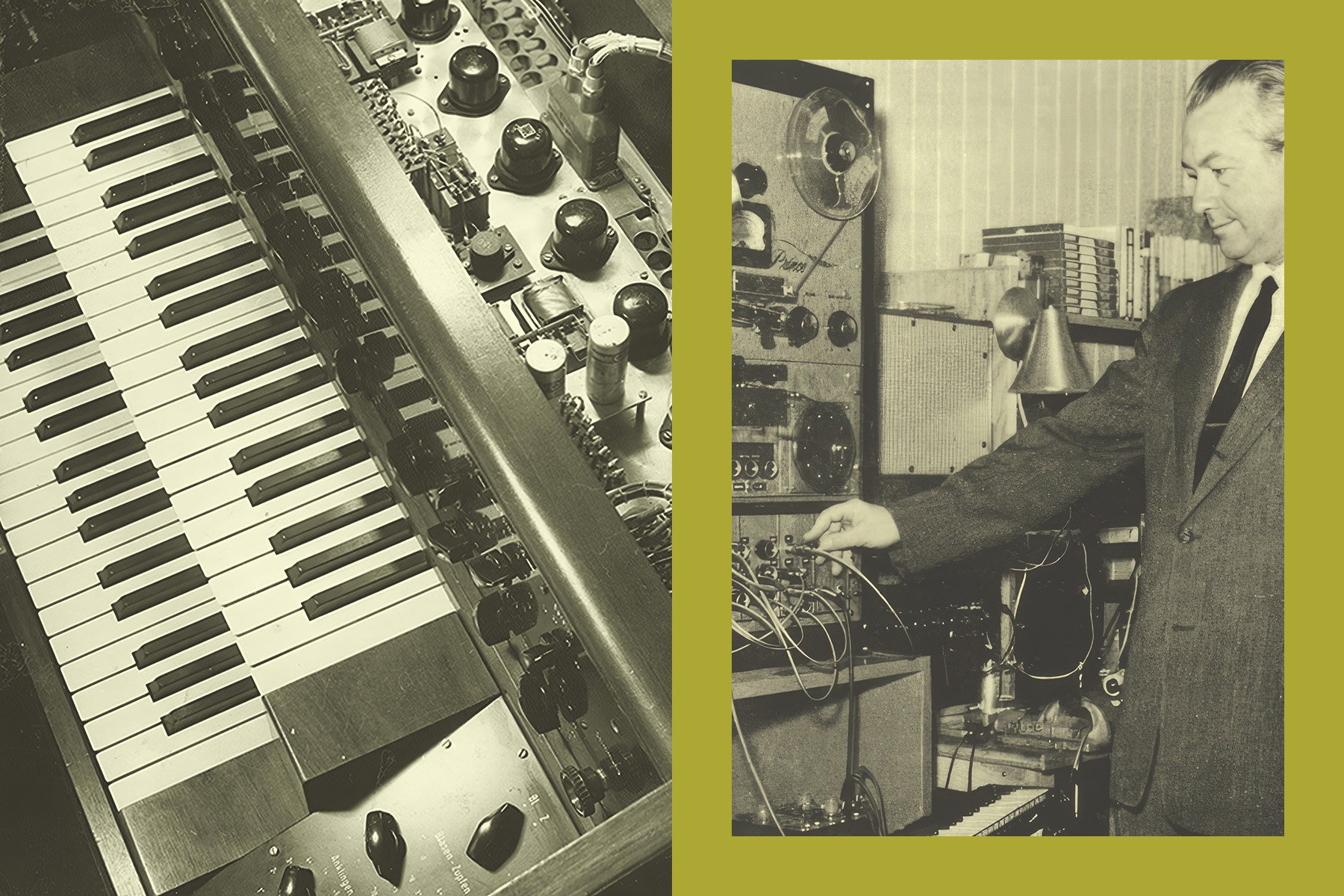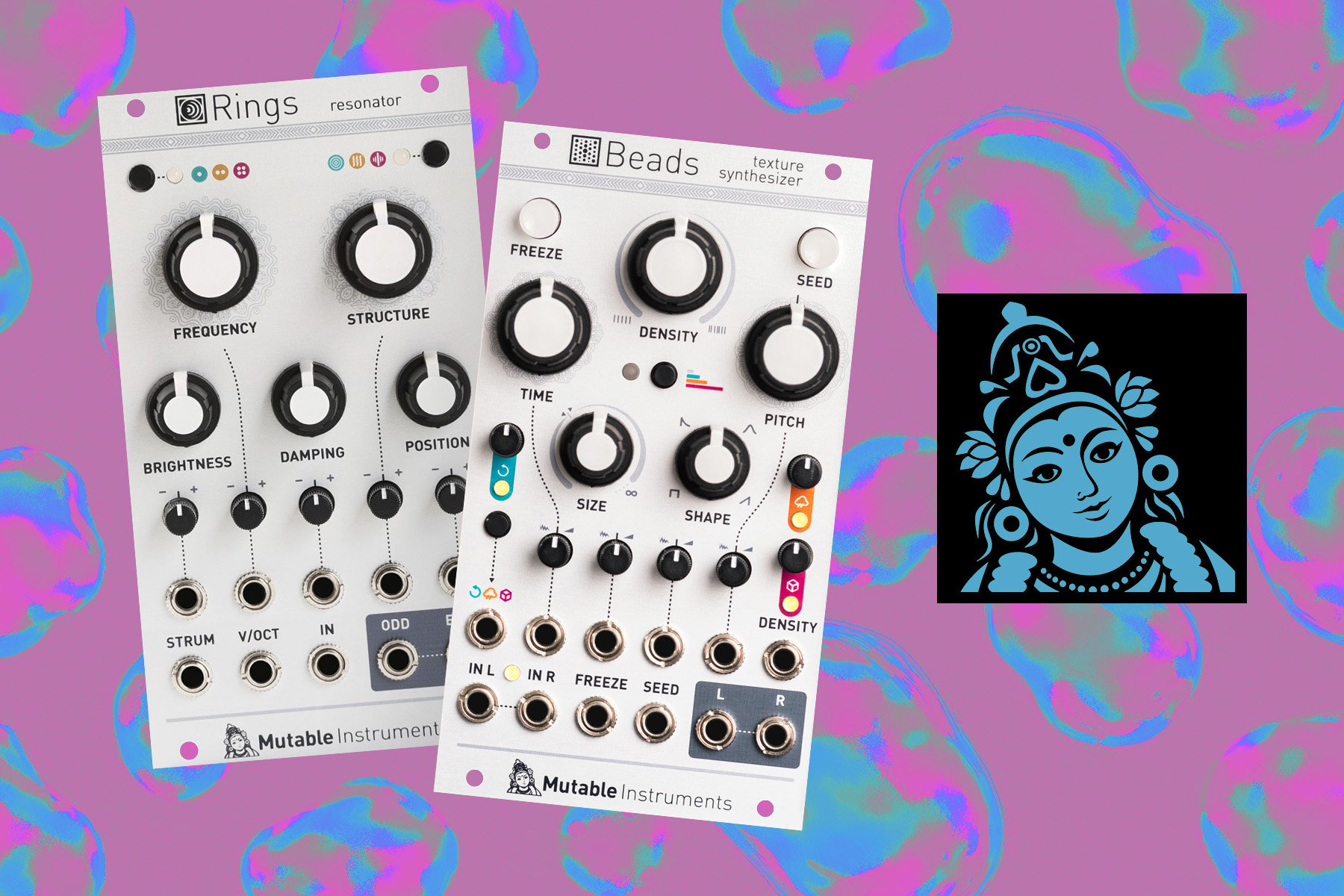If you'd like your music to sound a bit more "analog-y", then Analog Summing could be one way of sprinkling a pinch of that vintage fairy dust onto your DAW mixes. Summing is simply what happens when you combine a bunch of tracks together into a stereo mix. We might call it "mixing" as that's what we're doing, but behind the scenes, the audio is being "summed" into a stereo track or potentially, a surround or Atmos mix.
It seems that for as long as we are mixing on a computer, we will be forever on a quest to recapture the "analog sound" of mixing on a console. We buy dozens of plugins that emulate analog elements that we think will make our mixes sound better, more vibey, and less shiny. But even through very clever, Abbey Road-approved emulations, we are still summing our tracks together with maths rather than voltage.
So What is the Difference?
Digital summing in a DAW is an act of number crunching. All the digital bits are combined and accounted for, resulting in a mathematically perfect outcome. With analog summing, each track is routed through an analog signal path, through copper wires and components, each with their own tolerances, which cause inconsistencies and ultimately result in a rather pleasing amount of harmonic distortion. When those tracks are combined, all that unintended shifting from perfection is baked into the recorded mix.

Is there really an audible difference between the two? Yes, or at least most people think so. Sometimes it's very slight, hard to define and very dependent on the gear you're using and how much you romanticize the perceived sound of analog. Is it a helpful difference? Is it a difference that can be emulated with plugins? Is it worth your time finding out? These are the sorts of questions that are difficult to give a definitive answer. The general consensus is that digital is fine, plugins are great, but adding a bit of analog summing is awesome if you can be bothered.
There are different schools of thought on how far to take this. Sound engineers and producers disagree over what would be considered a reasonable and helpful injection of analog sound, and what is essentially romanticizing the notion of nostalgic processing for the sake of it. For some, all you need to do is route your finished mix through some external analog gear, and that's more than enough to give it a splash of that analog vibe. This is often achieved at the mastering stage. Others believe that you'll only find that truly authentic analog sound by running every track through its own channel of external gear.
How Do You Achieve It?
Using analog summing consoles and external analog gear sounds like the sort of thing only top-end studios could afford. And you'd be right. Making full use of that analog juice can require a large investment in gear and space. However, as with many studio processes, there are multiple levels of access. There's nothing to stop you from running your mix through whatever old bits of gear you've got knocking around.
From your DAW's point of view, how you use analog summing may depend upon the number of outputs you have available through your audio interface. You may be pushed into mixing to stems to reduce your track count down to match your physical outputs. But it doesn't have to be about individual tracks: any amount of analog processing is going to add something to your mix.
Let's look at a few examples:
Summing Mixers
These are probably not what you immediately imagine when you think about mixers. It's not shaped like a console; there are no faders or channel strips; they are essentially in/out boxes full of analog circuitry. The point we need to grasp is that we've done all the level mixing and processing inside the computer. All we actually need is a box of magic to run our prepared mix through that will glue it all together. This is what a Summing Mixer offers.
Some Summing Mixers have only a couple of channels and are designed for mastering or just passing a mix through. Most have multiple input channels, often on D-Sub 8-channel connectors that you'll need to connect your audio interface to. The Rupert Neve Designs 5057 Orbit is a great example. It has 16 inputs on two D-Sub connectors going to a stereo output. Its only purpose is to imbue your audio with the texture and character of classic Neve circuitry and transformer saturation.
Dangerous Music has a similar idea with the 2-Bus LT. Dangerous Music also has a "Plus" version that includes extra colorization circuits for more depth and warmth. Otherwise, it's purely the act of audio passing through the circuits, which brings the magic.
You'll also find Summing tools in the 500 series format of analog processors. The 500 series is a modular system where you can build your own audio processing bay. You can fill a case full of useful things like mic preamps, EQ and compressors that can all be brought to bear on the task of analog summing and coloration.
Buying a Summing Mixer, having the right audio interface and getting all the right cabling adds up to quite a bit of expense. Is there a cheaper route via a regular analog mixer?
Analog Mixers
Yes, indeed. You can take advantage of the sound of any analog mixer by routing your tracks through it. It's perhaps not as purposeful as a summing mixer, but it will give you some interesting results.
There are plenty of analog mixers out there that have a lot of character, and there are some classics that pop up regularly on second-hand websites. The Mackie CR mixers were used massively in the early days of electro and dance music. Boss BX mixers were celebrated for their ability to beef up 303/808 Acid tracks. Many of us cut our teeth on Portastudios and 4-track cassette tape. I never would have believed that the noise and wobble of those machines would end up being a desirable quality 30 years later. You can absolutely use these dodgy bits of gear to add some flavour to your mix. But choose wisely, and do some research. Trying to use something simply because it looks old and beat up won’t necessarily give you the results you’re after.
The other advantage of having an analog mixer connected to your computer is that you can do all the mixing through it. Rather than mess around digitally in the DAW you could use the computer like it's a tape machine and do all your mixing live on the desk. That way, the analog summing doesn't become an extra stage; it's inherent in your mixing.
Hybrid Options
Many modern analog mixers also include an audio interface for your DAW. That then becomes a way of routing audio in and out of your computer without having to connect to another interface along the way. The SSL Big Six is a great example of this. It features an all-analog signal path with SuperAnalogue preamps, 3-band EQ and a G-Series bus compressor. You can have up to 18 channels coming from your computer or live into the mixer, all summed to a solidly analog stereo output.
A mixer workflow like that ensures that your recorded tracks are picking up the fallibility of analog at every stage.
Is It Worth It?
From reading about people's experience with analog summing what becomes clear to me is that it's less about saturation and color and more about clarity. There's something more revealing about the mix, a heightened level of detail, a wider feel that's hard to pinpoint.
With this level of subtlety, is it worth the cost and inconvenience of routing out of your DAW and back in again? Perhaps analog summing should be seen as the icing on the cake rather than as a fix for lackluster mixes. To that end, you'll probably find that much more could be gained by learning how to use your plugin collection better. Dig deeper into them, take a course on different aspects of sound engineering and practice your skills. Once you've exhausted all of the power of the DAW and you still feel something is missing, then see if analog summing is the final piece of the puzzle.
It could be argued that lower-end gear and analog mixers are not of sufficient quality to really elevate your music above what a plugin can do. It's only really the high-end analog gear that outshines the digital. However, that all comes down to what your intentions are. Experimenting with different analog signal paths is an adventure in finding a character that pulls different feelings out of your music. Whether it's "better" than what you can do in your DAW is neither here nor there; this is about discovering creativity in the process. Does it sound good to you?


